Ever wonder what’s really hiding in those brightly colored packages at the grocery store? Many popular foods contain a shocking number of chemical additives and very little nutritional value.
The products we grab off shelves for convenience often come with a hidden cost to our health. Let’s explore some common grocery items that might be better left on the shelf due to their concerning ingredient lists.
1. Flavored Instant Noodles
Those quick-cooking noodle blocks might save time, but they’re packed with monosodium glutamate (MSG), TBHQ (a petroleum-derived preservative), and artificial flavors that can trigger headaches and digestive issues. The ingredient list reads more like a chemistry experiment than food.
The noodles themselves offer almost no fiber or essential nutrients, just refined carbs that spike blood sugar. A single package can contain up to 1,500mg of sodium – nearly two-thirds of your daily recommended intake!
Making matters worse, the styrofoam containers often used for packaging contain potential hormone-disrupting chemicals that can leach into your food when heated. Your body deserves better than this chemical soup masquerading as a meal.
2. Butter-Flavored Microwave Popcorn
Movie night’s favorite snack hides a concerning secret. The buttery aroma comes from diacetyl, a chemical linked to serious lung problems in factory workers. Manufacturers add TBHQ and artificial flavorings to create that irresistible taste without using real butter.
Beyond the chemical flavoring, the bag itself poses risks. Many brands use PFOA-coated liners that release potentially harmful compounds when heated. These substances have been associated with cancer and immune system damage in some studies.
While popcorn itself is a whole grain with fiber, the microwave version’s chemical cocktail negates many benefits. The convenience factor comes at a steep price – trading real food for a laboratory creation designed to mimic it.
3. Processed Cheese Slices
Fluorescent orange and mysteriously meltable, processed cheese slices barely qualify as dairy. Their unnaturally smooth texture comes from emulsifiers and stabilizers, while their bright color relies on artificial dyes like Yellow 5 and Yellow 6 – both linked to behavioral problems in children.
Real cheese contains calcium and protein, but these imposters often have as little as 51% actual cheese. The rest? Fillers, preservatives, and excessive sodium that can contribute to high blood pressure and water retention.
Perhaps most troubling is what’s missing: the beneficial cultures found in real cheese that support gut health. Instead of fermenting naturally, these slices undergo heavy processing that strips away nutritional value while adding synthetic compounds your body struggles to recognize as food.
4. Sugary Breakfast Cereals
Morning bowls of rainbow-colored loops and cartoon-shaped puffs might make breakfast fun, but they’re essentially dessert in disguise. A serving can contain more sugar than a candy bar, with artificial dyes giving them their eye-catching colors that have no place in a healthy diet.
Manufacturers add BHT, a controversial preservative banned in some countries, to extend shelf life. Meanwhile, high-fructose corn syrup provides cheap sweetness that may contribute to insulin resistance and liver problems when consumed regularly.
Most concerning is the marketing – colorful boxes featuring cartoon characters target children while making misleading health claims. Despite being “fortified” with synthetic vitamins, these cereals lack the natural fiber, protein, and nutrients found in real breakfast foods, setting kids up for mid-morning energy crashes.
5. Packaged Deli Meats
Those perfectly round turkey slices with suspiciously uniform color bear little resemblance to actual poultry. Sodium nitrite and nitrate, preservatives that give deli meats their pink hue, can form potentially carcinogenic compounds called nitrosamines during digestion.
Many varieties contain mechanically separated meat – a paste-like substance created by forcing bones with attached meat through high-pressure sieves. This process allows manufacturers to extract every last bit of protein while adding fillers and binding agents to improve texture.
Salt levels in these products are alarmingly high, with some containing nearly a quarter of your daily sodium limit in just three slices. Regular consumption has been linked to increased risk of heart disease, high blood pressure, and certain types of cancer – a steep price for sandwich convenience.
6. Diet Sodas
Zero calories might seem like a win, but artificial sweeteners like aspartame and sucralose in diet sodas may disrupt your body’s natural ability to regulate calorie intake. Research suggests these compounds can alter gut bacteria and potentially increase cravings for sweet foods.
The caramel coloring in many dark sodas contains 4-methylimidazole, a potential carcinogen formed during manufacturing. Add phosphoric acid, which can leach calcium from bones, and you’ve got a recipe for long-term health concerns.
Most troubling is what these beverages replace – water, which your body actually needs. Regular consumption trains your taste buds to expect intense sweetness, making naturally sweet foods like fruit seem bland by comparison. The zero-calorie promise masks the very real metabolic consequences these chemical concoctions can trigger.
7. Frozen Chicken Nuggets
Kid-friendly but far from wholesome, frozen chicken nuggets often contain more fillers than actual poultry. Manufacturers stretch minimal chicken with soy protein isolate, modified food starch, and textured vegetable protein to create something that merely resembles meat.
The crispy coating achieves its perfect golden color through additives like yellow corn flour and caramel color, while sodium phosphates help retain moisture in what little chicken is present. Many brands pre-fry nuggets in hydrogenated oils before freezing, adding trans fats to the troubling ingredient list.
One serving typically delivers a third of your daily sodium allowance with minimal protein quality compared to real chicken. The convenience factor comes with a nutritional trade-off – teaching children that heavily processed food-like substances are acceptable replacements for whole foods.
8. Flavored Yogurts
Marketed as health food but functioning more like dessert, flavored yogurts hide behind their calcium content while delivering heaping doses of sugar. A single cup can contain more sweeteners than a chocolate chip cookie, completely undermining yogurt’s probiotic benefits.
Artificial flavors create that “strawberry” taste without using actual berries, while stabilizers like modified corn starch and pectin create an unnaturally smooth texture. The vibrant colors come from carmine (crushed beetles) or artificial dyes rather than real fruit.
Plain yogurt offers protein, calcium, and beneficial bacteria, but flavored varieties prioritize shelf-stability and sweetness over nutrition. The fruit pictured on the container often appears nowhere in the ingredient list, replaced instead by “natural flavors” – an FDA loophole allowing manufacturers to hide proprietary chemical mixtures.
9. Store-Bought Snack Cakes
Those cream-filled sponge cakes with indefinite shelf lives are modern marvels of food science – and nutritional nightmares. Their impossibly soft texture comes from a combination of emulsifiers, stabilizers, and gums that allow them to bend without breaking while surviving months on store shelves.
Hydrogenated oils provide the creamy filling texture while extending shelf life, but they introduce trans fats that raise bad cholesterol while lowering good cholesterol. High-fructose corn syrup and artificial flavors create sweetness without using real sugar or vanilla.
Perhaps most disturbing is what these treats lack – any meaningful nutrition whatsoever. They provide calories from refined carbohydrates and modified fats while offering virtually no protein, fiber, vitamins, or minerals. The ingredients list often spans dozens of compounds, most created in laboratories rather than found in nature.
10. Bottled Salad Dressings
The irony of dousing healthy vegetables with chemical-laden dressings shouldn’t be lost on health-conscious shoppers. Many bottled dressings use soybean oil as their base – an omega-6 heavy oil that can promote inflammation when consumed in excess.
Xanthan gum and modified food starch create that perfect pour while preventing separation, eliminating the natural settling that occurs in real food. High-fructose corn syrup adds sweetness to even savory varieties like ranch and Italian, training taste buds to expect sugar in everything.
Calcium disodium EDTA prevents color changes but has no nutritional purpose, while artificial flavors mimic herbs and spices without actually including them. The convenience factor is undeniable, but making simple dressing from olive oil and vinegar takes seconds and eliminates dozens of unnecessary additives.
11. Processed Fruit Snacks
Shaped like fruits but nutritionally closer to candy, these gummy treats mislead parents with pictures of orchards and “made with real fruit” claims. The reality? Fruit juice concentrate appears far down the ingredient list, after corn syrup, sugar, and modified cornstarch.
The vibrant colors come from artificial dyes like Red 40 and Blue 1, which have been linked to hyperactivity in sensitive children. Gelatin or pectin provides the chewy texture, while artificial flavors create fruit-like taste without using significant amounts of actual produce.
Most troubling is the marketing – packages featuring cartoon characters and “good source of vitamin C” claims target children while misleading parents about nutritional value. The minuscule amount of added vitamins doesn’t compensate for what’s essentially candy masquerading as a healthy snack, teaching kids that bright colors and sweet flavors equal “fruit.”
12. Energy Drinks
The rocket fuel of the beverage world, energy drinks combine concerning levels of caffeine with a laboratory’s worth of additives. A single can often contains more caffeine than three cups of coffee, along with synthetic versions of B-vitamins in megadoses your body can’t effectively use.
Artificial sweeteners and high-fructose corn syrup create intense sweetness while taurine, guarana, and other stimulants amplify the energy effects. The vibrant, unnatural colors come from artificial dyes linked to behavioral issues in children and potentially concerning for adults too.
Regular consumption has been associated with heart palpitations, anxiety, insomnia, and even seizures in extreme cases. The energy “boost” comes from stimulating your adrenal system – essentially borrowing energy from your future self while providing zero nutritional value to support actual cellular energy production.
13. Instant Rice or Pasta Sides
Those convenient pouches promising “ready in 90 seconds” deliver speed at the expense of nutrition. Real rice and pasta require minimal processing, but instant versions undergo extensive modification to achieve rapid cooking times, stripping away nutrients in the process.
Flavor packets contain a cocktail of salt, MSG, hydrolyzed protein, and “natural flavors” – an industry term that can hide dozens of compounds. Anti-caking agents prevent clumping during storage but serve no nutritional purpose, while disodium guanylate and disodium inosinate enhance savory flavors artificially.
A single serving can contain up to 40% of your daily sodium recommendation with minimal fiber, protein, or micronutrients. The dehydrated vegetables amount to little more than colored specks, providing visual appeal without nutritional benefit. The convenience factor is undeniable, but the nutritional trade-off is substantial.
14. Canned Pasta Products
Those iconic alphabet shapes and spaghetti rings might trigger childhood nostalgia, but they’re nutritional underachievers. The pasta itself is typically made from refined white flour stripped of fiber and nutrients, then cooked to such softness that little texture remains.
The tomato sauce contains more high-fructose corn syrup than actual tomatoes, creating a sweet taste that conditions children to expect sugar in savory foods. Calcium chloride maintains firmness in the overcooked pasta, while numerous preservatives ensure these products remain shelf-stable for years.
A single serving delivers a concerning amount of sodium with minimal protein, fiber, vitamins, or minerals. The convenience factor appeals to busy parents, but these products establish problematic taste preferences and nutritional patterns in developing children, teaching them that real food comes from cans rather than fresh ingredients.
15. Shelf-Stable Coffee Creamers
Those little plastic cups of “creamer” contain virtually no dairy whatsoever. Instead, they rely on partially hydrogenated oils, corn syrup solids, and casein derivatives to mimic cream’s texture and mouthfeel without refrigeration.
Sodium aluminosilicate prevents the powder from clumping in non-dairy versions, while artificial flavors create vanilla, hazelnut, or caramel notes without using actual vanilla beans or nuts. The creamy white color comes from titanium dioxide – the same compound used in paint and sunscreen.
Beyond the concerning ingredient list is what these products lack – the beneficial calcium, vitamin D, and protein found in real milk or cream. They essentially add empty calories and artificial compounds to your morning coffee. The convenience of non-refrigerated “cream” comes at the cost of consuming highly processed ingredients your body doesn’t recognize as food.
16. Frozen Pizza
Friday night’s easy dinner solution hides a concerning number of additives beneath that seemingly simple cheese and tomato topping. The crust contains dough conditioners like azodicarbonamide (also used in yoga mats) to improve texture, while modified food starch creates the perfect chew without traditional fermentation.
The “cheese” often contains more fillers and preservatives than actual dairy, with cellulose powder (wood pulp) preventing clumping. Pepperoni and sausage toppings contain sodium nitrates linked to cancer risk, while the sauce relies on corn syrup rather than the natural sweetness of ripened tomatoes.
A single serving can contain more than half your daily sodium allowance and significant amounts of processed fats. While real pizza made with simple ingredients can be part of a balanced diet, frozen versions prioritize shelf-stability and cost-cutting over nutrition.
17. Powdered Drink Mixes
Remember those brightly colored drinks that turned water into “fruit” flavors? They contain zero fruit but plenty of artificial dyes like Red 40, Yellow 5, and Blue 1 – petroleum-based colorings linked to behavioral problems in children and potential health concerns for everyone.
Citric acid provides tanginess without using actual citrus, while artificial sweeteners or sugar create intense sweetness. The “fruit” flavors come from chemical compounds designed to mimic natural tastes without using any actual produce.
Most concerning is what these drinks replace – water or actual fruit juice that provides hydration and nutrition. Regular consumption trains taste buds to expect intense sweetness and artificial flavors, making natural beverages seem bland by comparison. Children particularly vulnerable to marketing messages learn to associate these bright colors with refreshment rather than recognizing them as the warning signs of heavy processing.
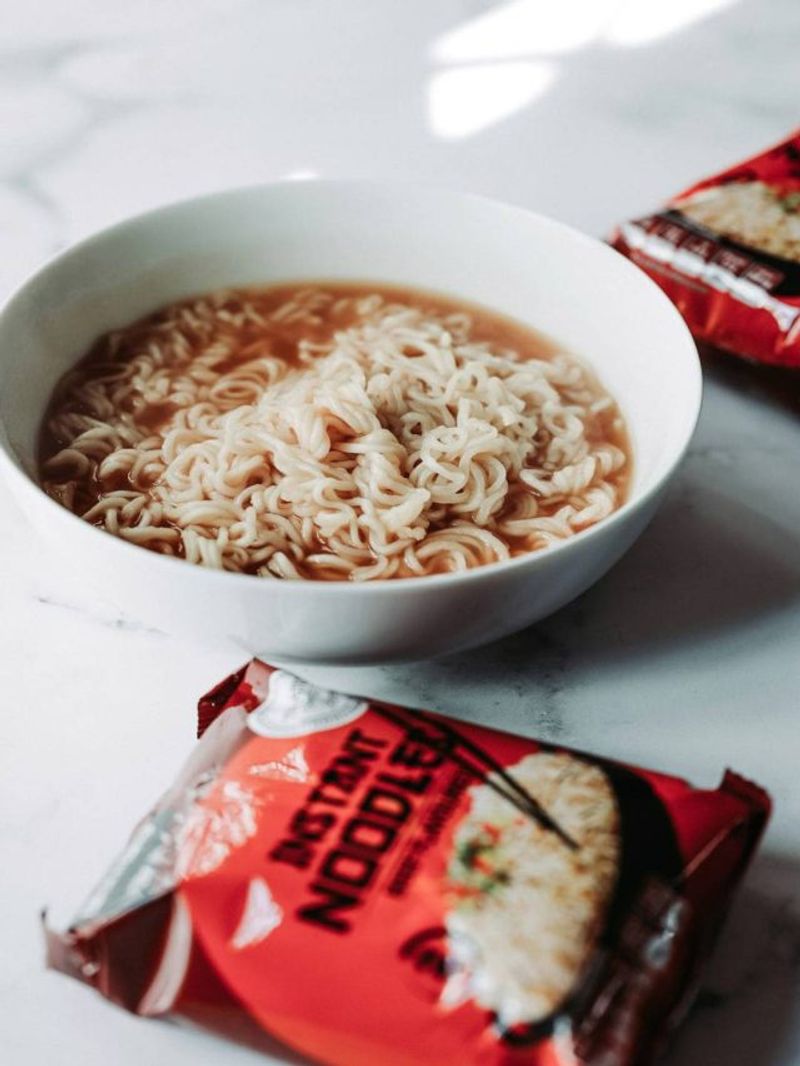
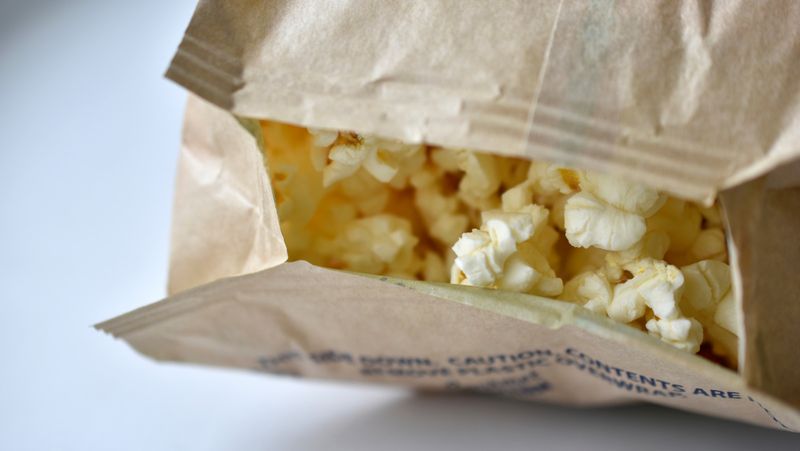

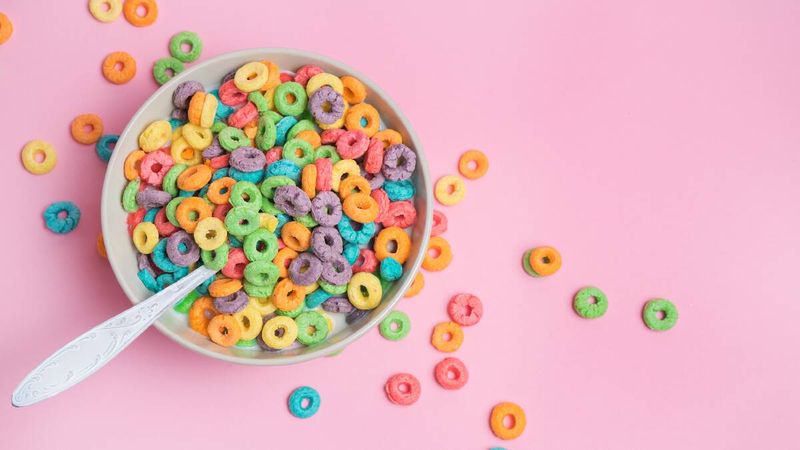
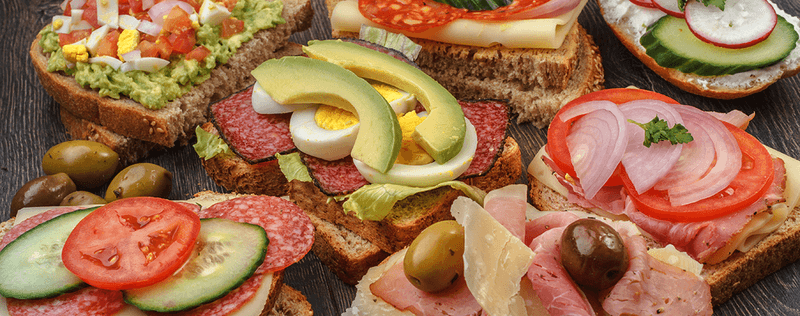
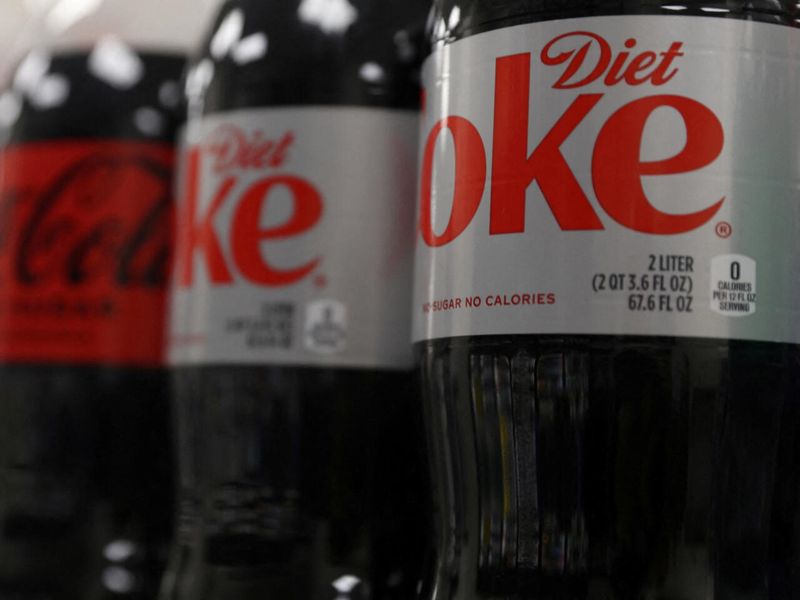
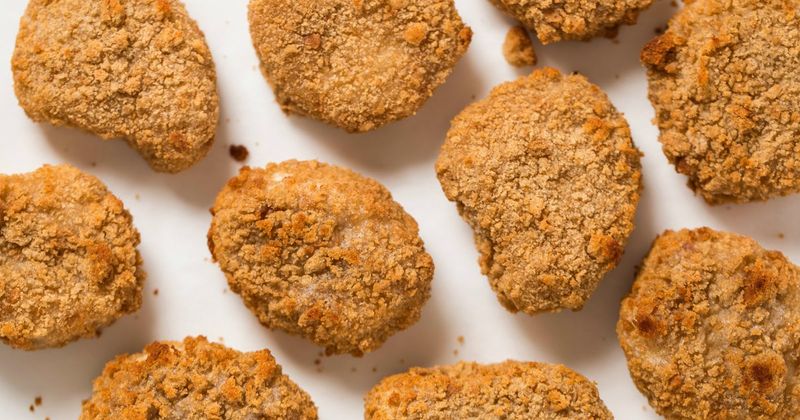
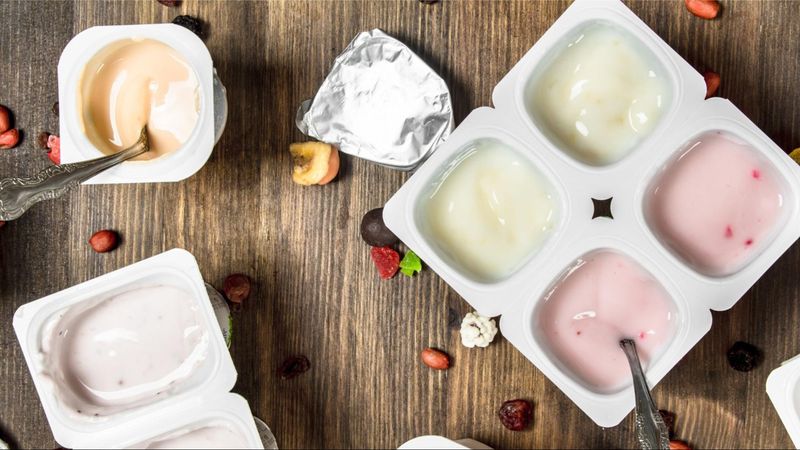

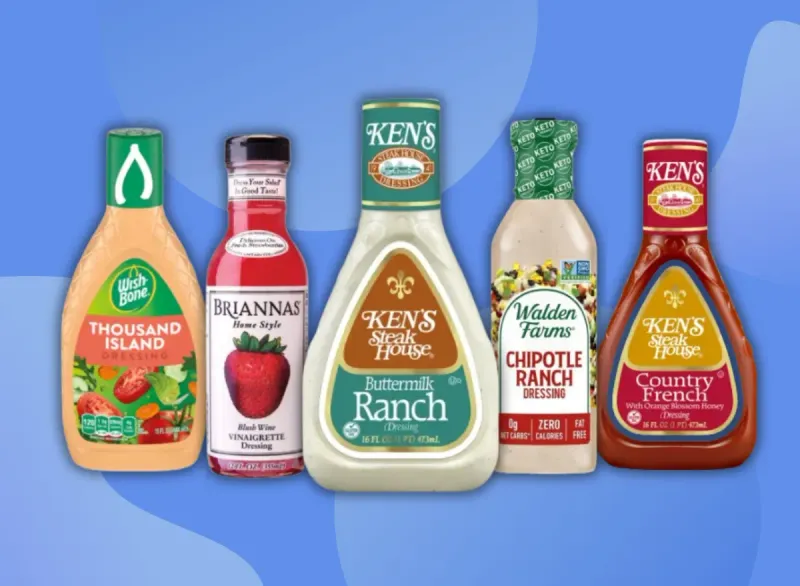
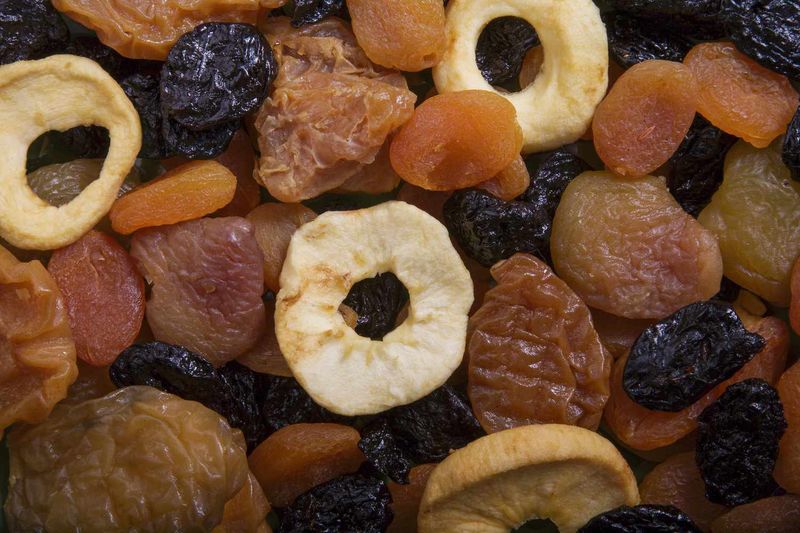
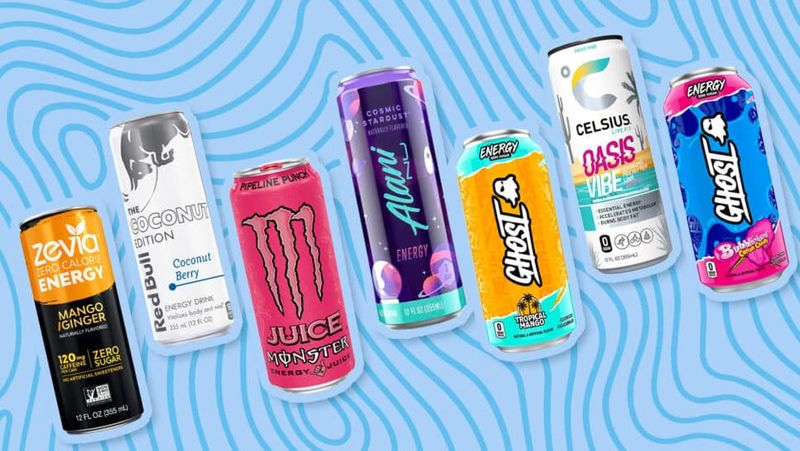
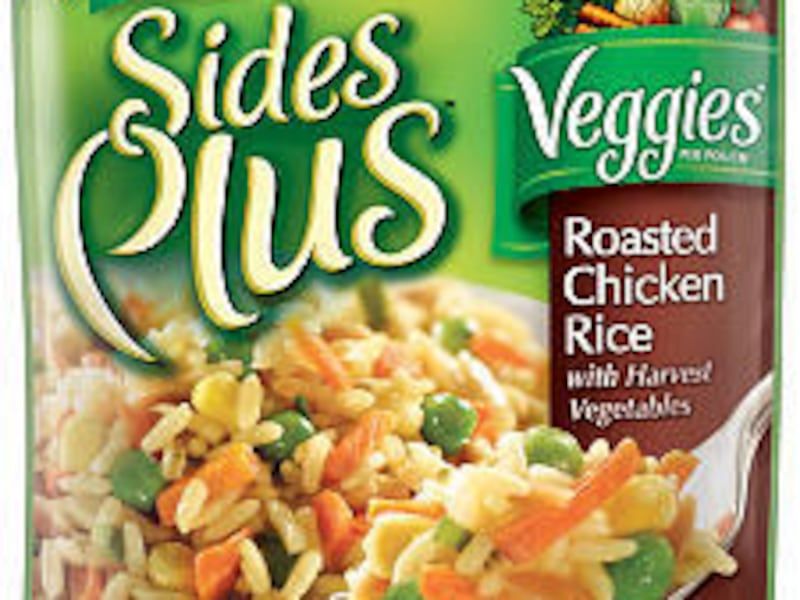
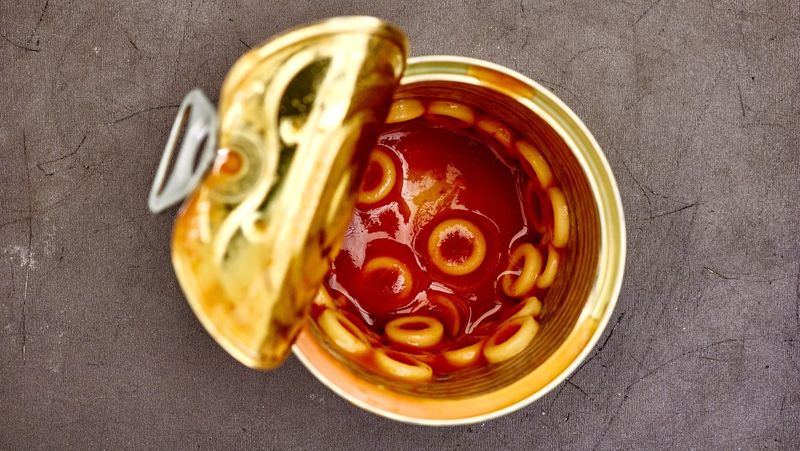
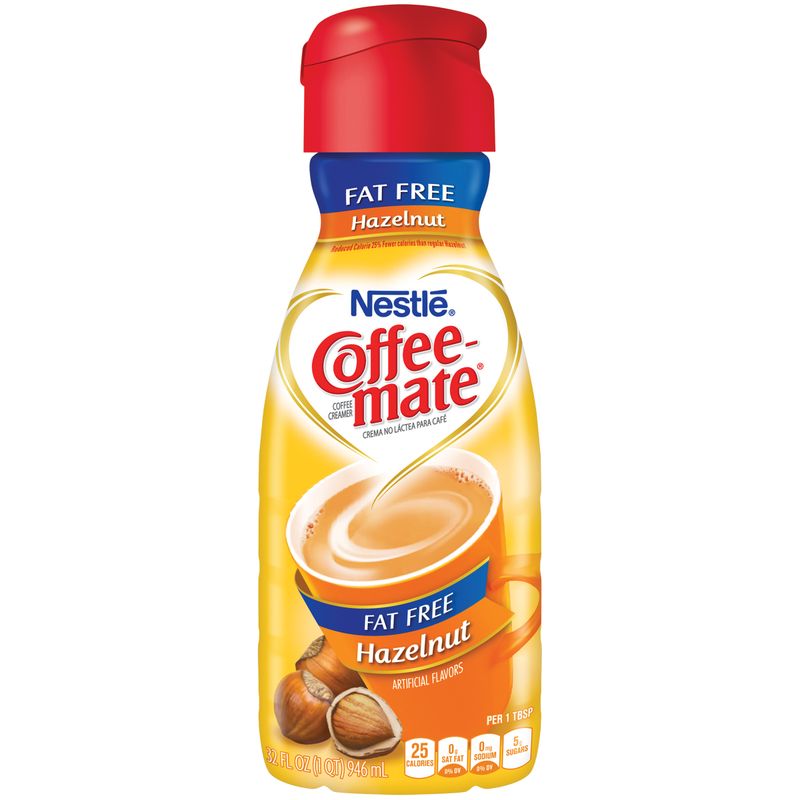

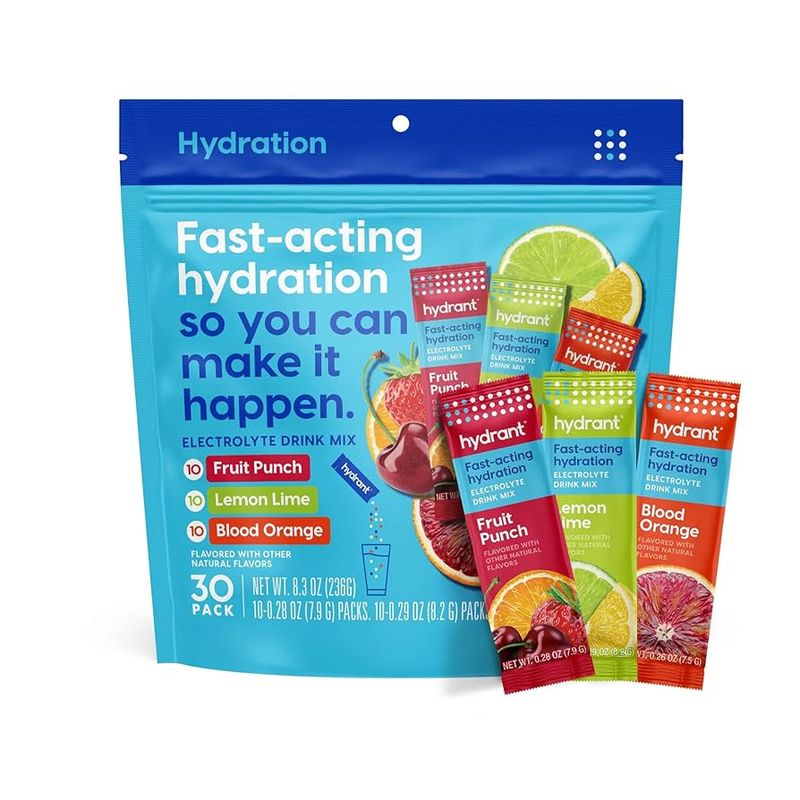
Leave a comment